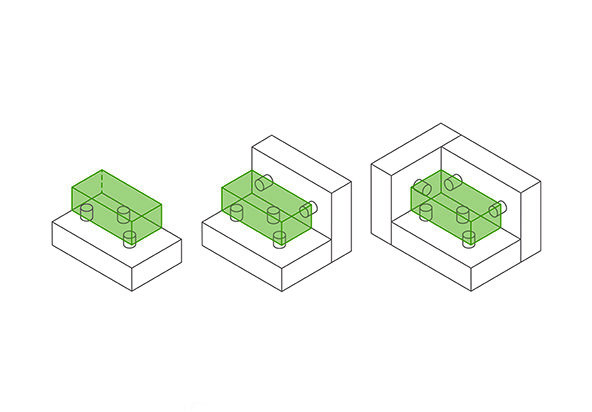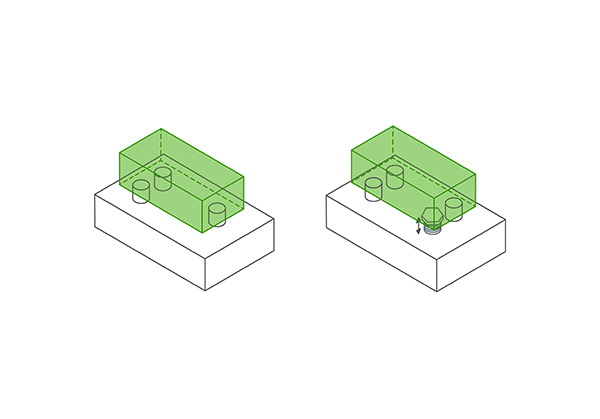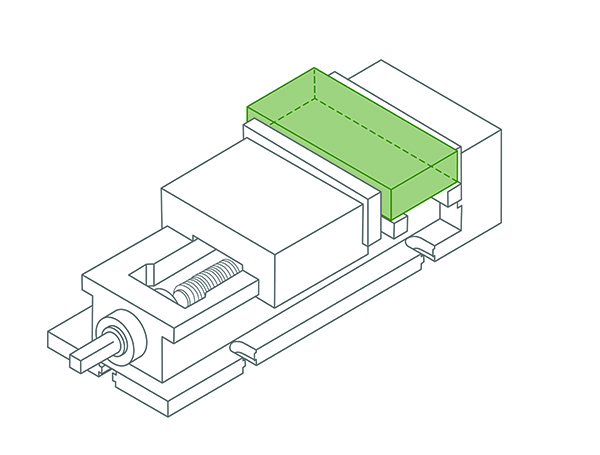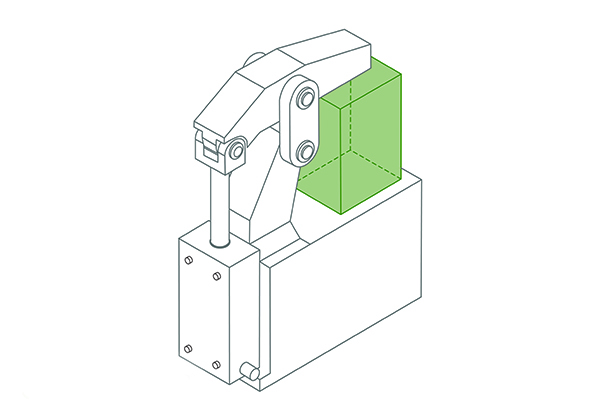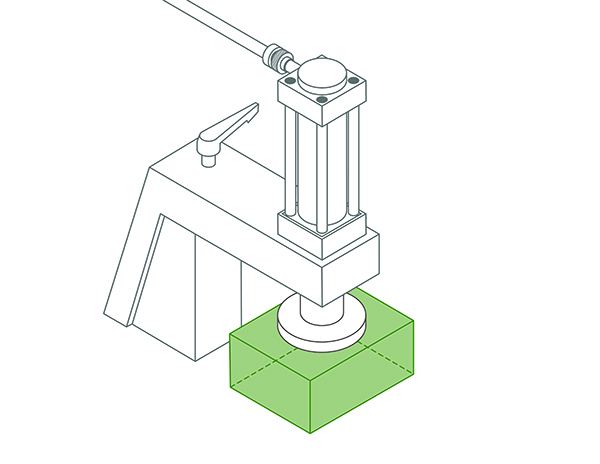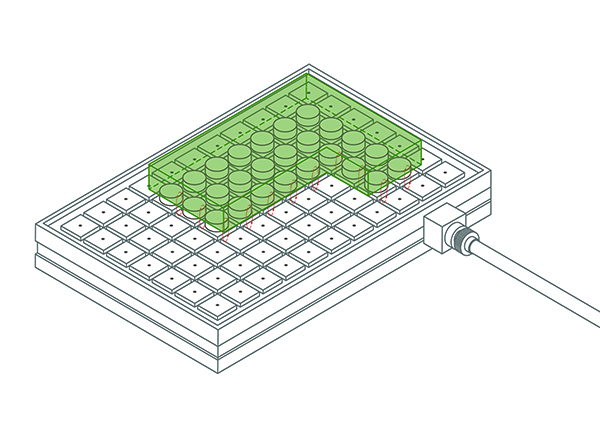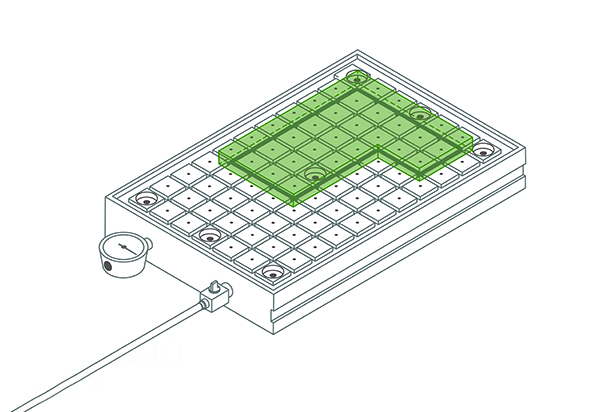Using the
right CNC machine is one thing, but knowing how to use it properly is another. Ensuring that a workpiece is clamped firmly on the machine is vital, if you want to avoid vibrations during milling or turning operation. Otherwise, it will result in inaccurate and sub-optimal machining, leading to reduced product quality and causing tools to wear more quickly. Plus, it can create unsafe situations for machine operators. So, make sure you pay enough attention to clamping the workpiece correctly. And always use the right clamping tools and techniques when milling and turning.
Determine whether you need a universal or specific clamping technique
There are different ways to clamp a workpiece. So, which is the right one? This depends on the shape and material of the product you are going to machine. What is your workpiece made of? How big is it and what shape is it? What machining operations will you carry out on it and what forces will it be subject to?
Shape
The workpiece that you are machining will have specific dimensions, ranging from very large to very small. It might be a rectangular block or a cylinder. It might have uneven sides or curved contours. So, the right clamping technique to use, often depends on the product itself. Let’s compare a stable solid axle with a thin-walled tube, for example. They have the same outer shape, but they differ when it comes to the material thickness. This means you need a different clamping technique in each case.
Material
When machining a product made of metal, the cutting forces acting on it are often greater, so the clamping force needs to be strong enough too. If you are working with a plastic or aluminium product, magnetic clamping is obviously not an option. When it comes to thin, long aluminium sheets, opt for vacuum clamping instead.
Series volume
The volume of the series you are producing is also something to consider in choosing the right clamping technique. If your CNC machines are running around the clock to machine a universal product in a large series, automated clamping is the obvious choice. But if you are constantly machining single pieces and need to change parts in between, manual clamping is often the way to go. Cycle time is a factor too, of course, because this can be an expensive solution if it takes 5 minutes to machine your product and 10 minutes to reclamp. After all, you want your CNC machine to do what you bought it for: spend the maximum amount of time machining, with as little downtime as possible.
